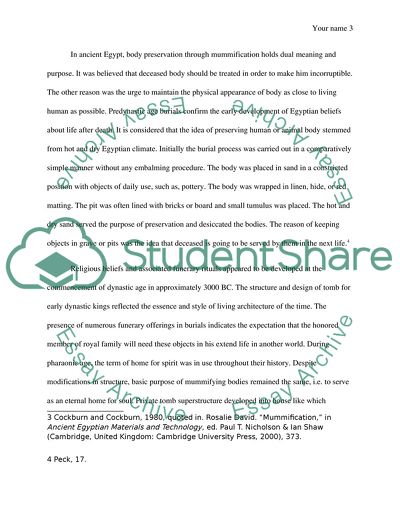Cite this document
(Features Of The Mummification Process In Ancient Egypt Term Paper, n.d.)
Features Of The Mummification Process In Ancient Egypt Term Paper. Retrieved from https://studentshare.org/history/1746859-the-process-of-mummification-in-ancient-egypt
Features Of The Mummification Process In Ancient Egypt Term Paper. Retrieved from https://studentshare.org/history/1746859-the-process-of-mummification-in-ancient-egypt
(Features Of The Mummification Process In Ancient Egypt Term Paper)
Features Of The Mummification Process In Ancient Egypt Term Paper. https://studentshare.org/history/1746859-the-process-of-mummification-in-ancient-egypt.
Features Of The Mummification Process In Ancient Egypt Term Paper. https://studentshare.org/history/1746859-the-process-of-mummification-in-ancient-egypt.
“Features Of The Mummification Process In Ancient Egypt Term Paper”, n.d. https://studentshare.org/history/1746859-the-process-of-mummification-in-ancient-egypt.


